Vet shares 10 signs your dog is stressed and how to help
Dogs don’t cry for help when they’re suffering anxiety, but their behavior speaks volumes. Learn to recognize the subtle signs that your dog is stressed
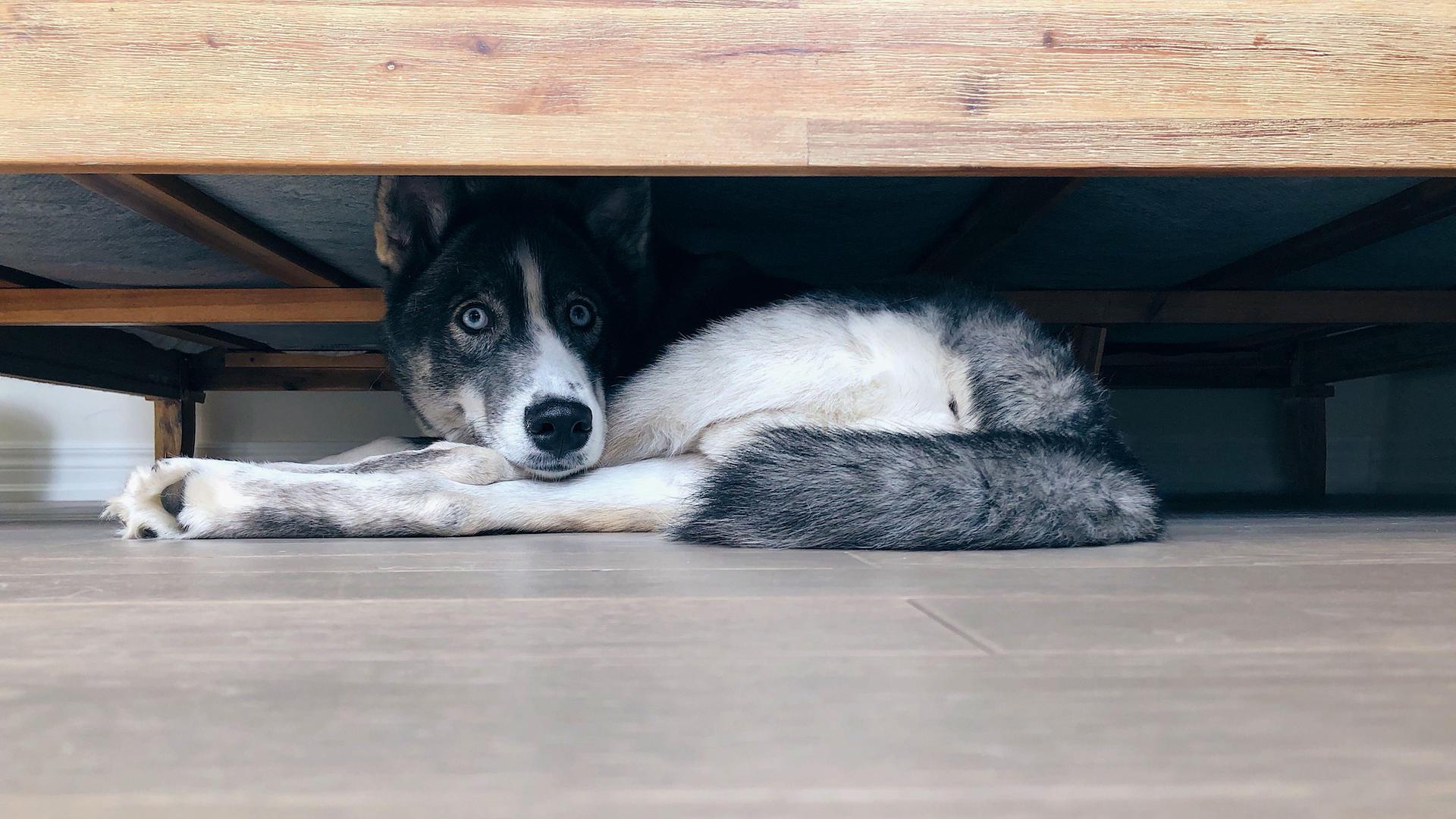
Did you know that there are signs a dog is stressed? They don’t shout or scream, slam doors, or cry, but we owners should be alert to several signs a dog is stressed so that we can try to alleviate matters.
The signals of anxiety in dogs are typically more subtle than ours, and as they can’t tell us what’s worrying them, we need to be extra-sensitive to reading their behavior.
According to vet Dr Rebecca MacMillan, there is not one ultimate red-flag stress sign in dogs.
“As with people, dogs can display their stress to varying degrees depending on personality type, as well as previous training and socialization,” she explains. “Of course, signs of aggression in dogs, such as growling and biting are clear red flags, but some dogs show other more subtle signs, such as wide eyes, excessive lip licking, or heavy breathing.”
The priority for us owners is to know what we’re looking out for. Here are 10 of the most common signs a dog is stressed.
Stress in dogs
Stress is unfortunately a familiar part of our daily lives. According to research in 2018, the Mental Health Foundation confirms that 74% of people have been so stressed that they have been overwhelmed or felt unable to cope.
The key for us is to take any stress signal seriously. Knowing our dogs and what is normal for them will help us notice any changes in behavior or body language quickly and to act accordingly.
PetsRadar Newsletter
Get the best advice, tips and top tech for your beloved Pets
Just as with humans, dogs suffer from both long and short-term stress. The latter tends to have certain obvious triggers – for example, the daily mailman or having their nails clipped. Dr MacMillan suggests using “training and desensitization techniques in these instances to help them become more comfortable” while reassuring them that “they are back to their normal self once the stressor has gone”.
Of more concern is when dogs suffer long-term stress, which tends to manifest itself in changes in appetite and behavior.
“Some can go into shut-down mode and seem to have lost all their personality,” warns Dr MacMillan. “They become so overloaded by stress that they no longer go into fight or flight mode, but instead become very depressed.
“This type of response is more commonly seen in dogs that have been abused or who have been taken into an animal shelter.”
10 signs a dog is stressed
1. Pacing
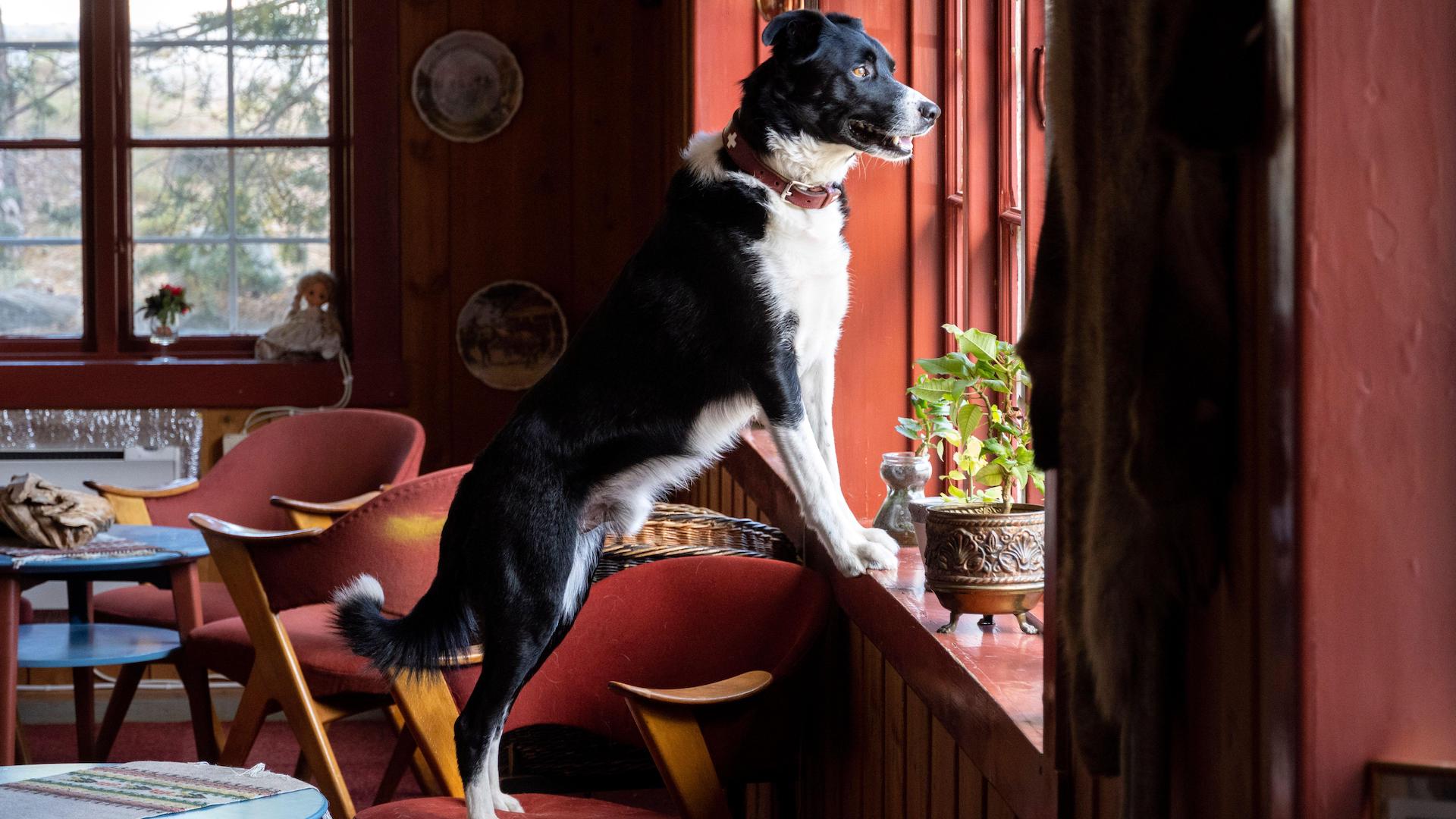
A dog that is restless and unable to relax is exhibiting stress signals. Just like humans will pace around a room, so a dog will make repeated circling movements, often in response to a certain trigger. If this is identified and stopped, he may then stop fidgeting and lie down peacefully.
2. Trembling, shivering, or shaking
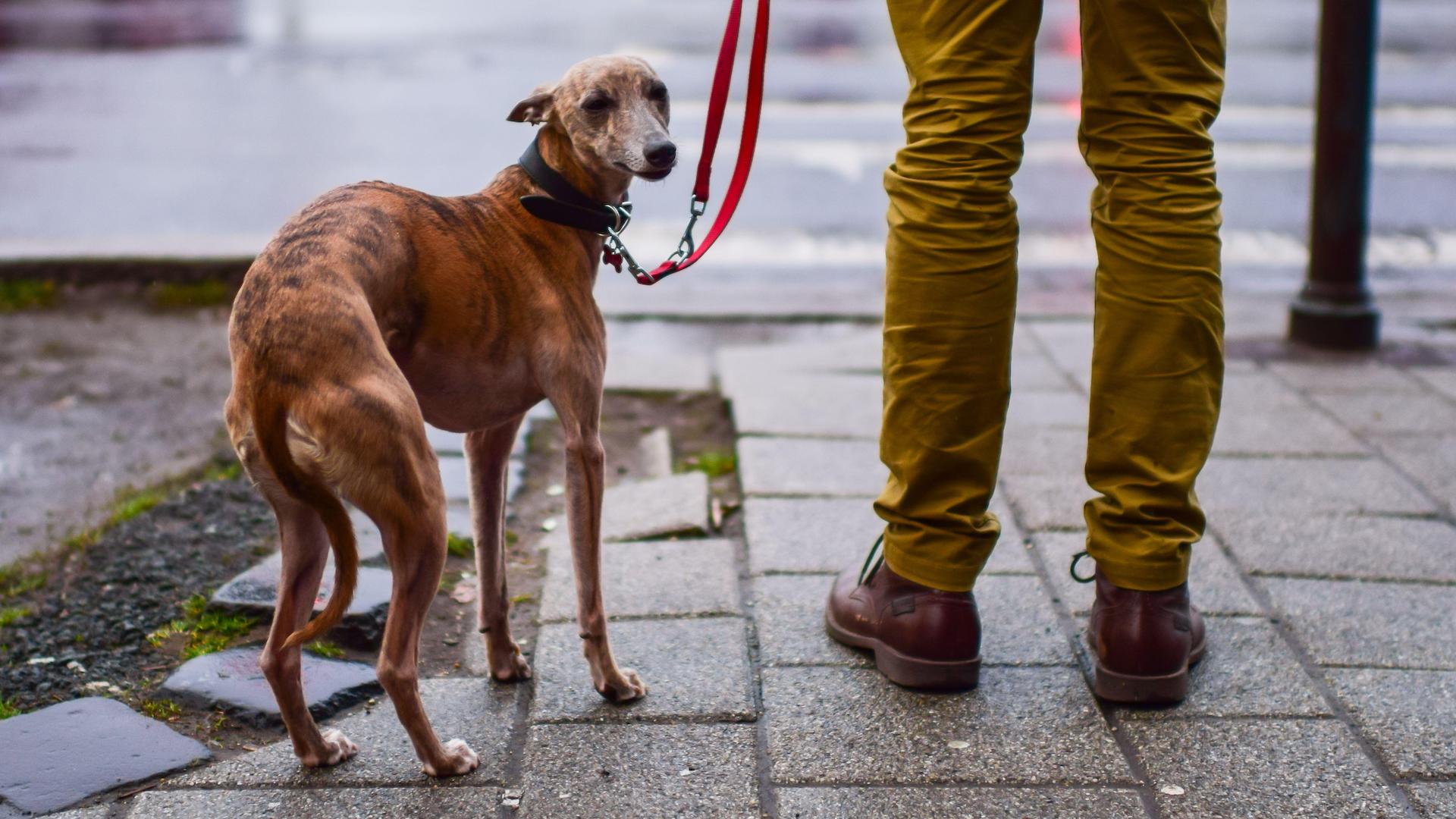
Some breeds, such as whippets and Chihuahuas, naturally feel the cold and may shiver in inclement weather or when they get wet. Some will genuinely shake from excitement – perhaps at the start of a fun walk or at the sight of a squirrel. Trembling may also be a sign of old age, low blood sugar, poisoning, or pain.
There are many reasons why a dog may tremble, all of which should be carefully examined. Trembling can also be a sign of stress. Read all the other signals your dog is giving you to see what they are communicating.
3. Yawning excessively
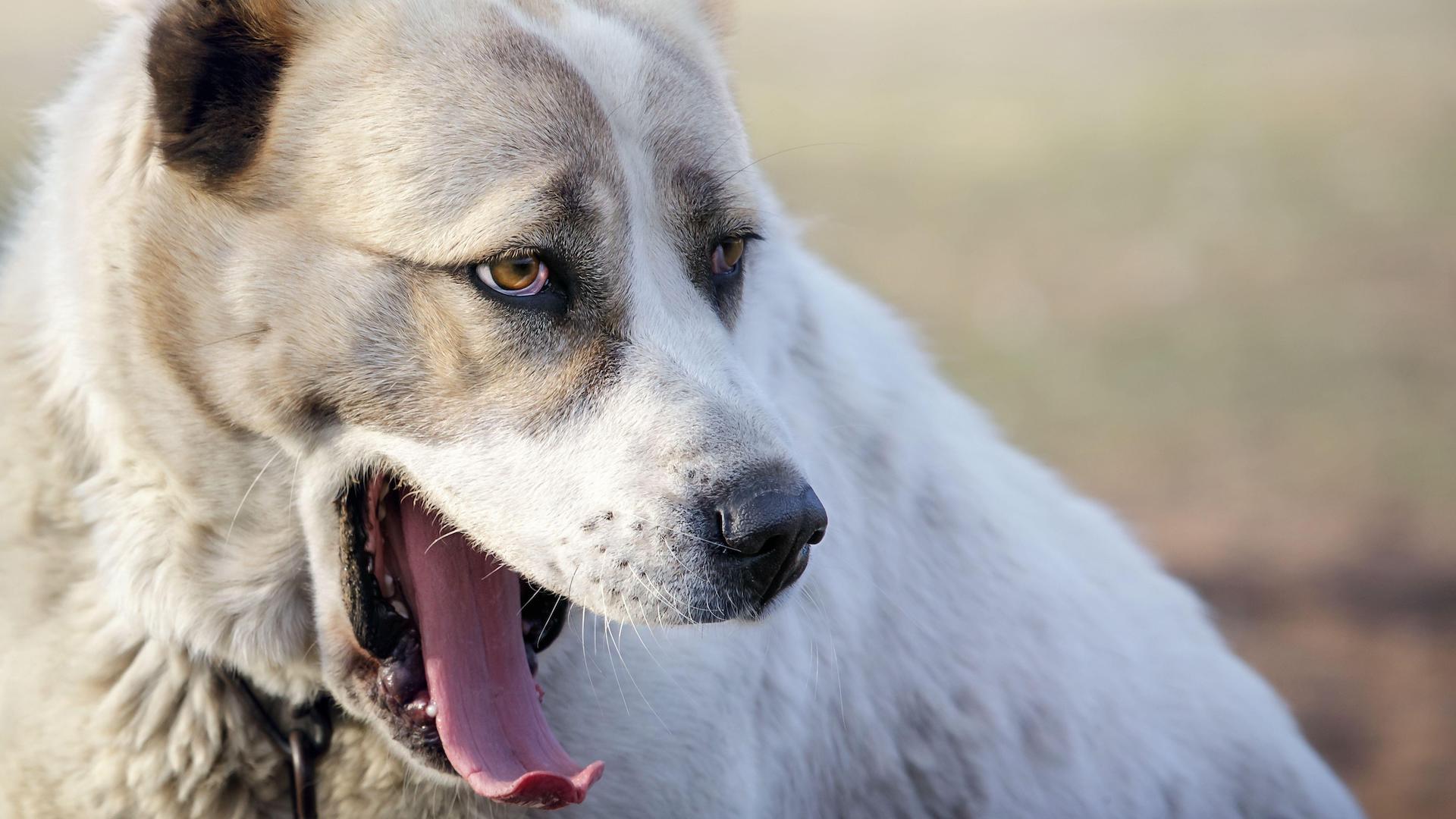
Your dog’s yawn may be revealing certain information beyond the fact that he’s feeling sleepy. Excessive yawning is a sign that behaviorists will look out for. If a dog is yawning during a training session, he may be finding the tasks stressful or feeling the owner’s frustration.
If your dog yawns out on a walk, it’s highly unlikely he wants to take a nap. More likely, he is nervous about another dog or person in his vicinity.
Dr MacMillan adds: “Stress yawns will be more exaggerated than normal sleeping yawns.”
4. Licking their lips nervously
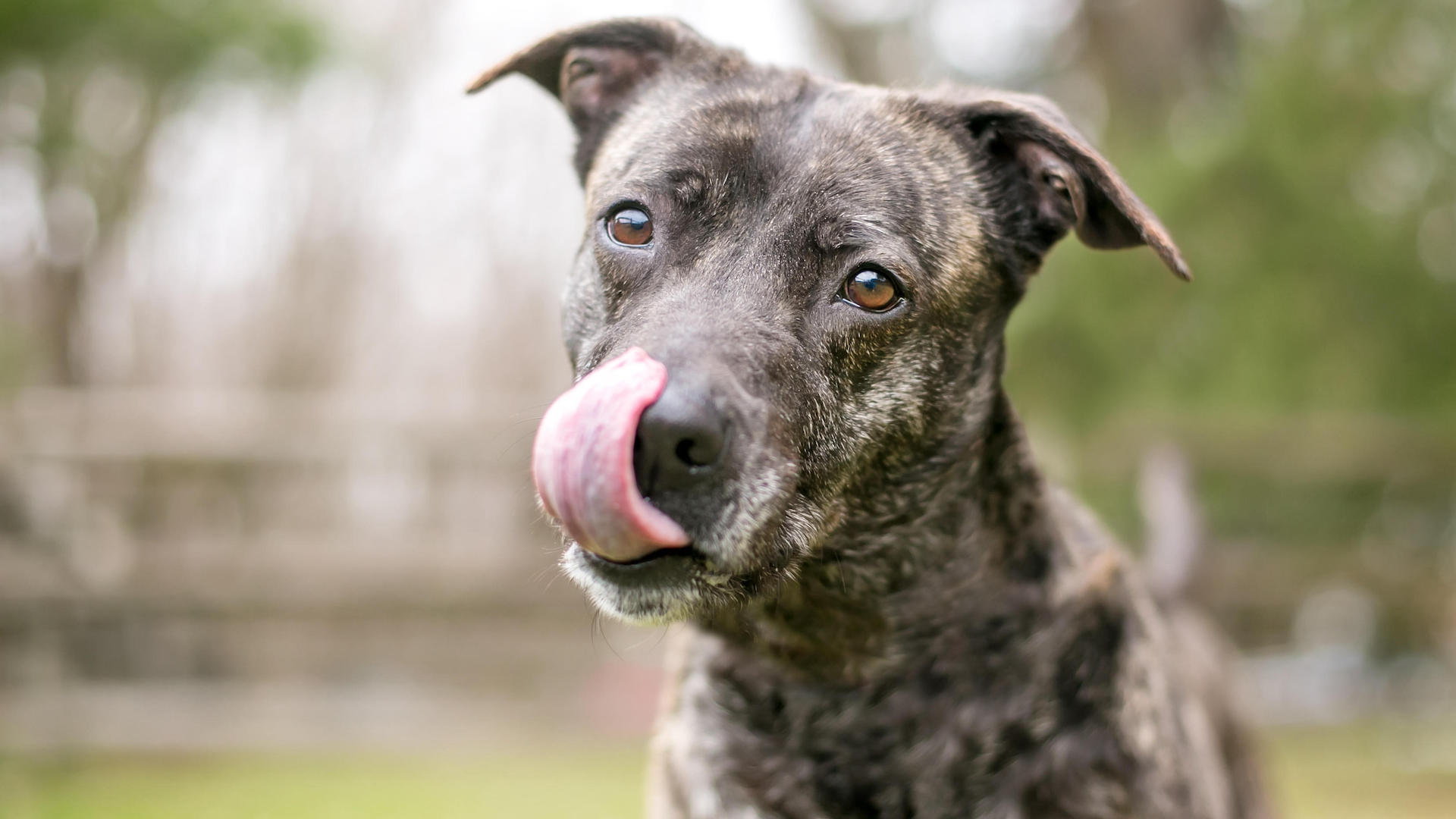
A dog that is constantly licking his lips or drooling more than usual is showing signs of stress. Of course, he may be hungry, thirsty, feeling sick or have sore teeth. However, if it’s obviously in response to a certain situation or trigger, then it may well be that he’s trying to send out a stress signal.
Dr MacMillan says that licking is “often seen in the earlier, more subtle signs of stress”, so it’s one to monitor and keep on top of.
5. Changes in facial expression
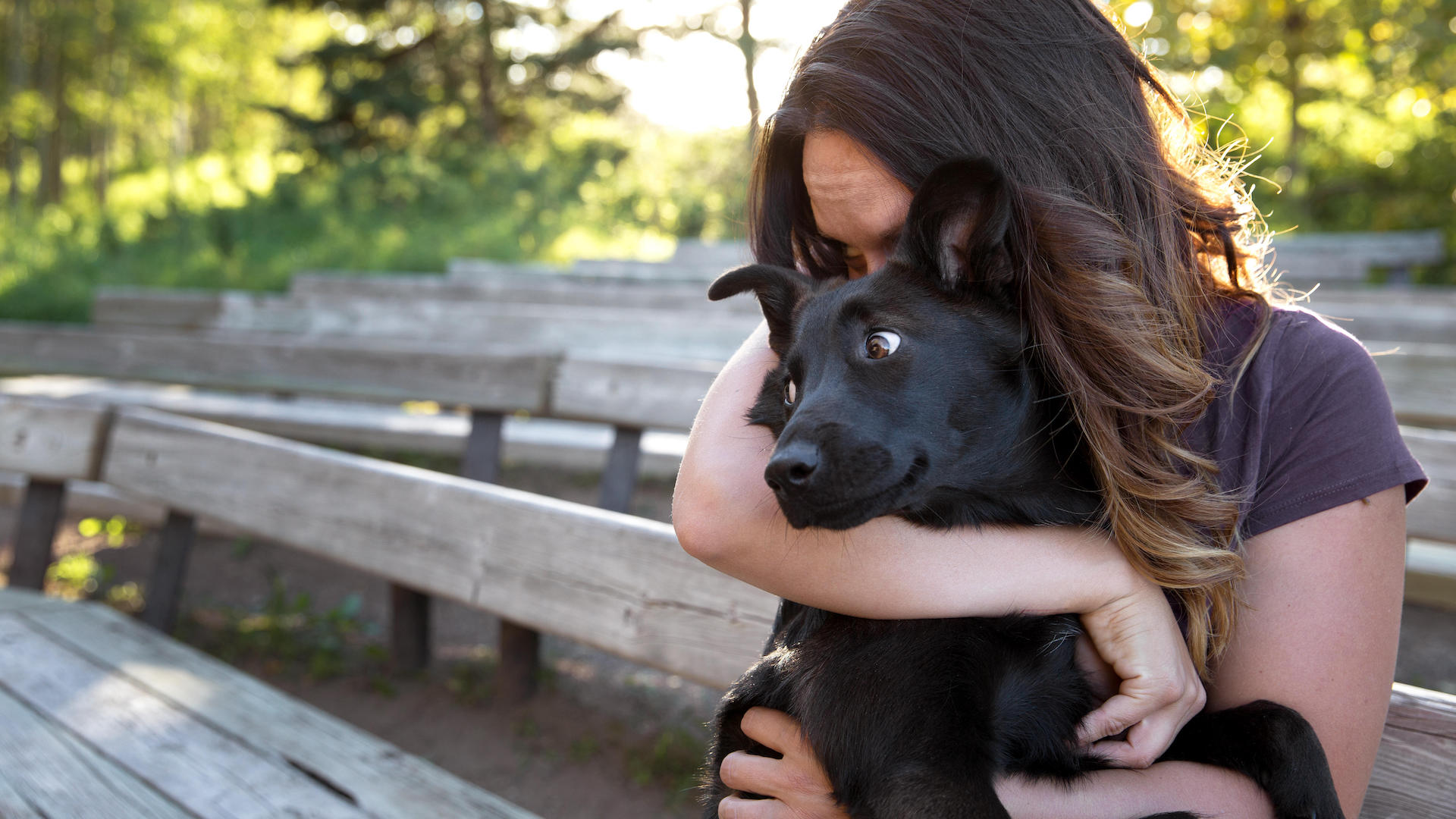
Some dogs are capable of an amazing range of facial expressions, even knowing how to make the most of their cute looks, with the puppy dog eyes that they know won’t fail to melt our hearts. But there are more ominous signs.
Dr MacMillan cautions: “Look out for ears that are tight and pinned back, and eyes that are wide open and showing their whites.”
She pinpoints the “whale eye” as an obvious distress signal – when the dog turns his head away from something but keeps his eyes on it, with the whites clearly showing.
6. Changes in body posture
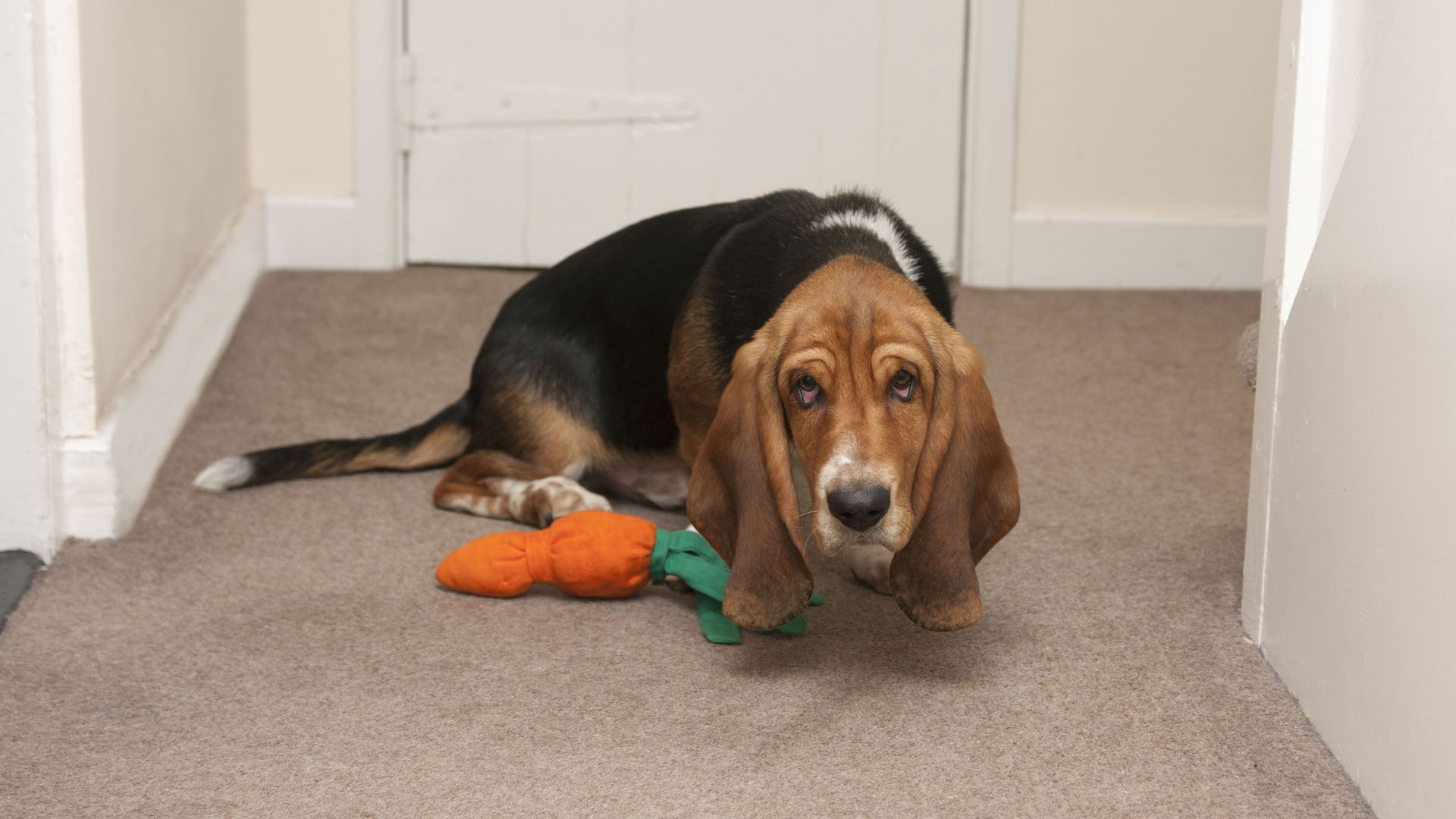
Dogs can be revealing in the way they carry themselves. If you notice your dog changing its posture, such as turning their body away, cowering, clamping their tail between their legs, or holding a leg up, they are likely showing that they are feeling some level of anxiety. Their body posture will generally be tense and alert, indicating that the dog’s stress levels are rising.
7. Excessive panting

Why do dogs pant? Dogs tend to pant when they are hot, exercising or they are stressed. While panting is a normal way for dogs to cool themselves down, if they are breathing heavily when they have not been running around, and it’s not a hot day, this is likely to be a stress signal. It’s a sign of increased adrenaline, respiration, and heart rates.
Bear in mind that brachycephalic breeds tend to pant more as their breathing is compromised, so it’s a case of knowing what is normal for your particular dog.
8. Trying to hide
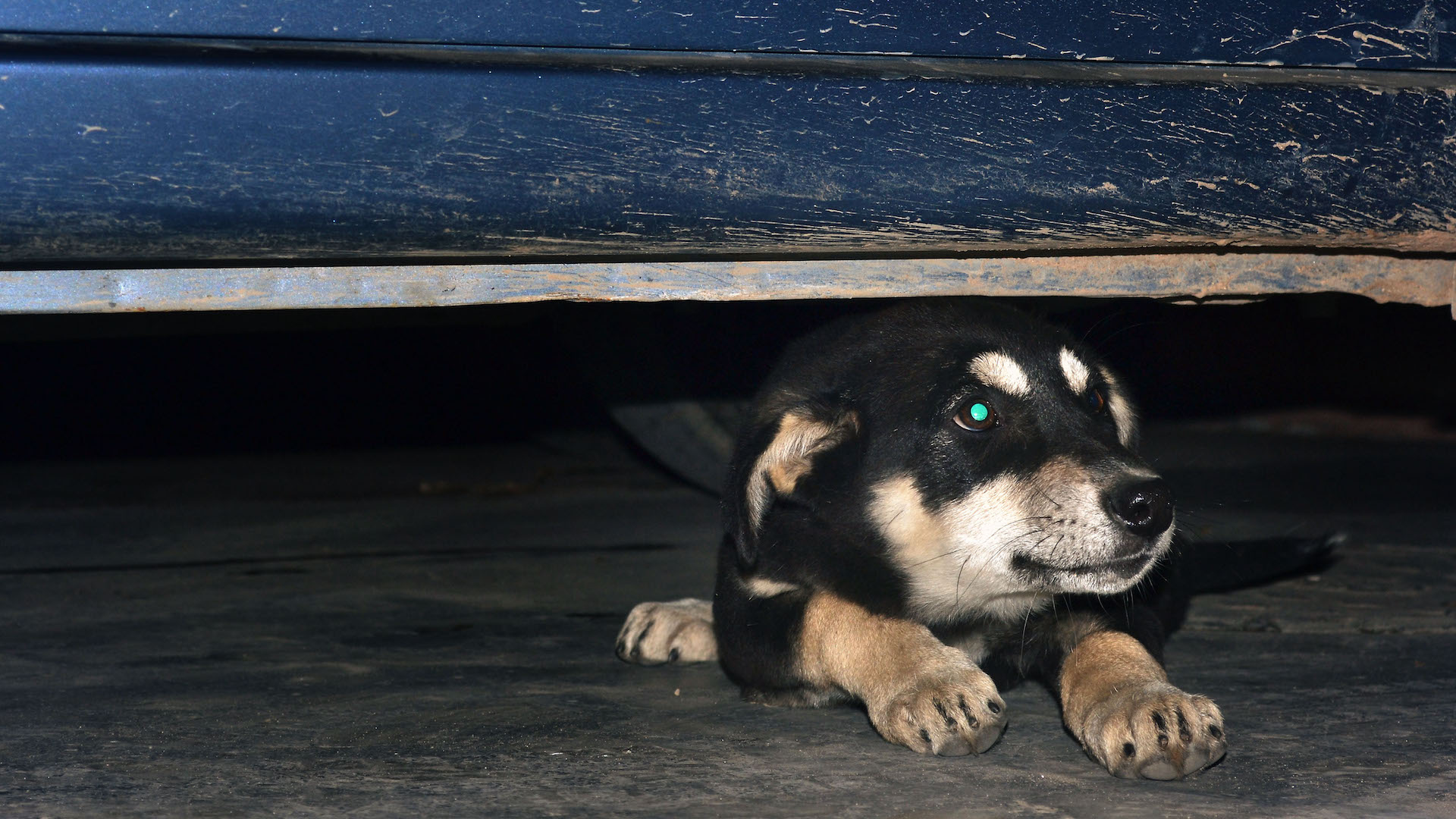
When dogs are scared or anxious, they will often seek shelter under beds or cupboards in an effort to escape from the situation. This is commonly seen with anxiety over loud noises, such as thunderstorms and fireworks or even overwhelming kids!
They may also hide in situations that they find traumatic, such as separation anxiety, a new pet in the home, or perhaps triggers if they were previously neglected.
Dogs also hide when they are in pain or feeling sick, so it may be their way of communicating that you need to consult your vet.
9. Inappropriate bathroom habits
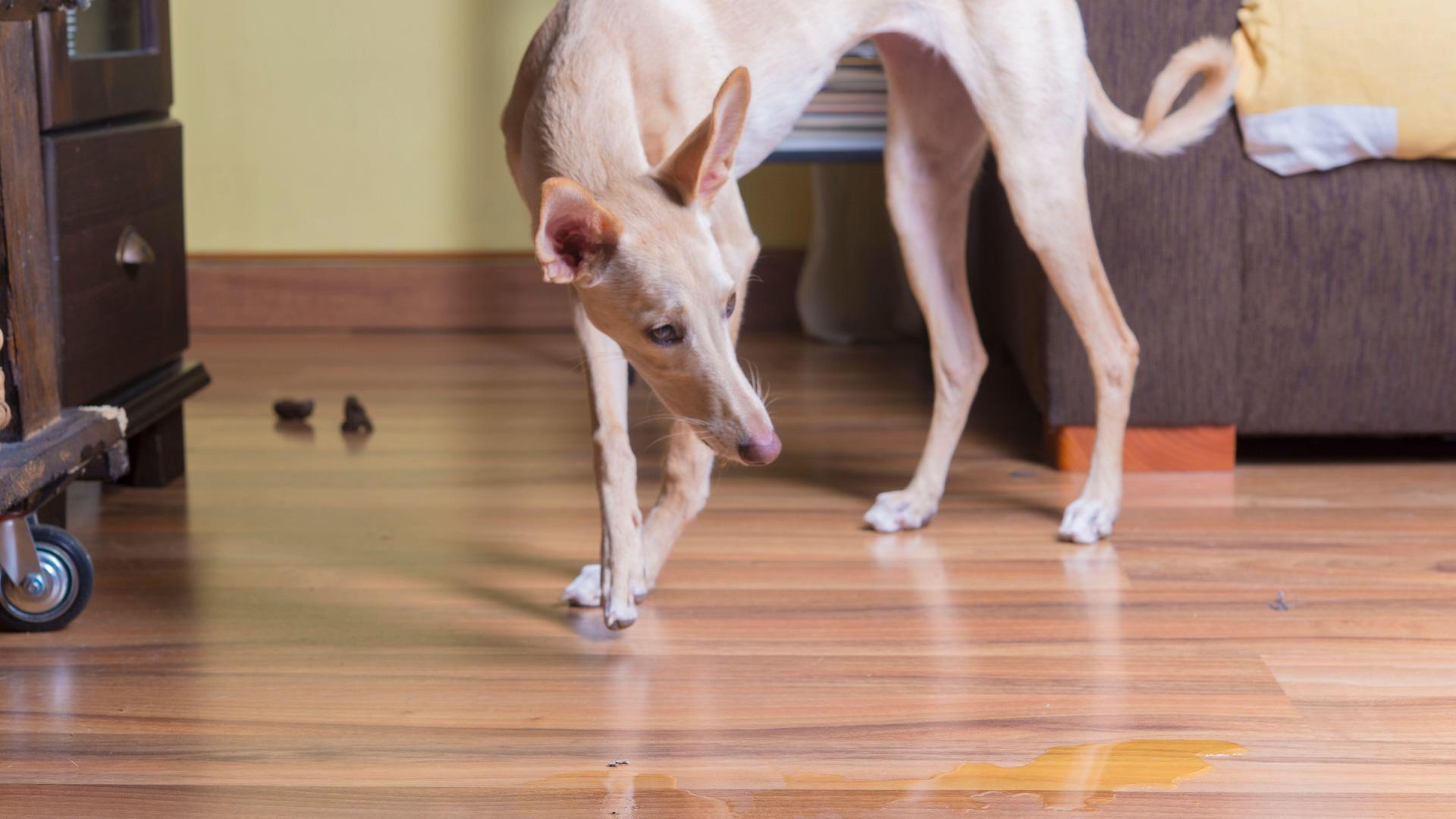
You thought your dog was fully house trained, when suddenly little puddles – or even poops – start appearing indoors. Just like humans, dogs can experience an urgent need to defecate when adrenaline runs high – their fight or flight instinct kicks in and the urge to empty their bowels.
There is also a condition known as submissive urination, which is caused by fear. A dog may associate certain triggers with past punishment or trauma – even if they are now in a safe place – and they start inadvertently peeing.
10. Fear aggression
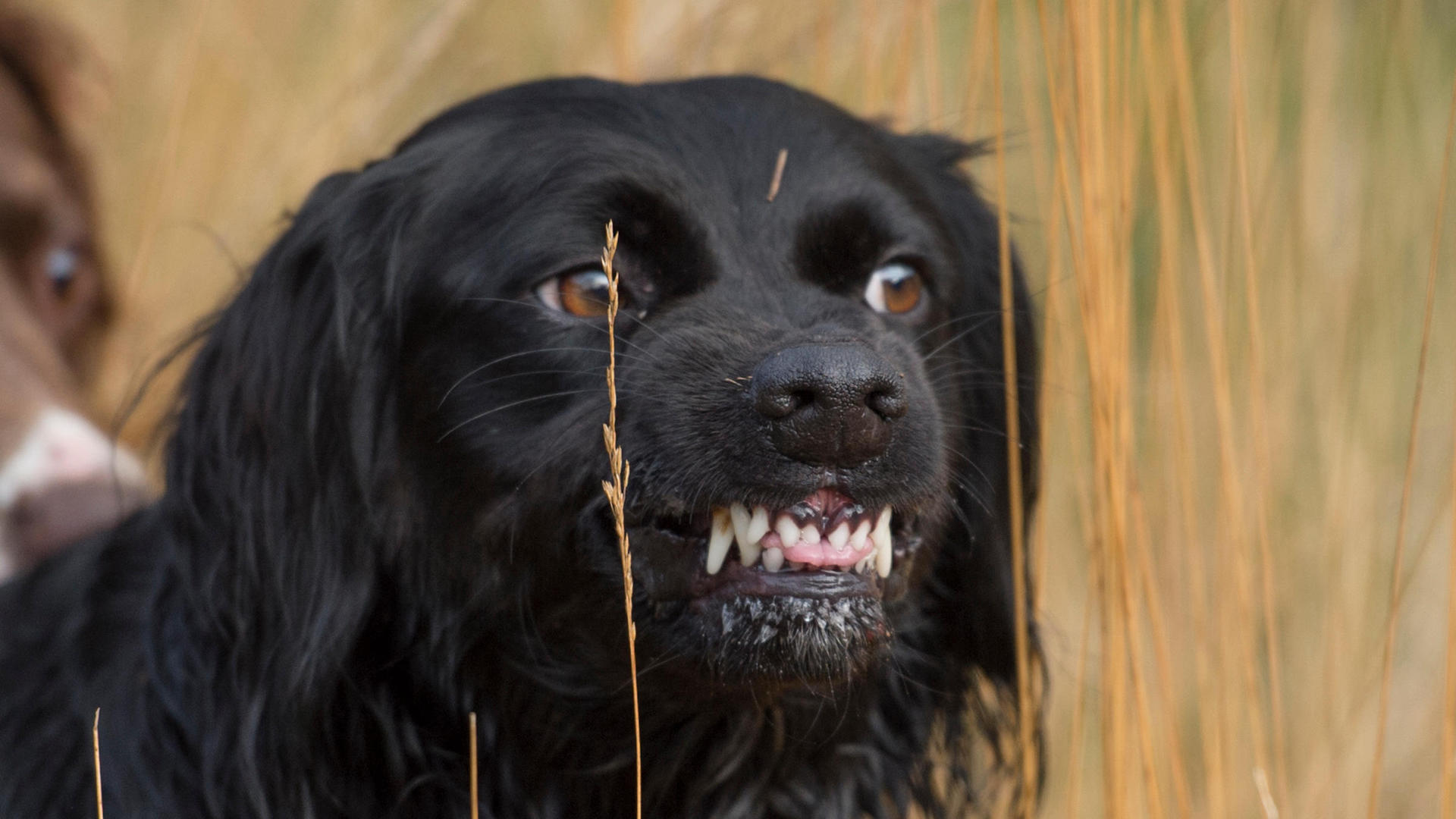
Aggression, in the form of teeth-baring, growling, or biting, is a serious signal, which indicates – according to vet Dr MacMillan – that “more subtle signs have been ignored so the dog has had to escalate their communication further”.
Aggression is nearly always a dog’s response to a threat – it is a recourse they have to defend themselves if they are feeling scared – but it can also be a sign of pain in dogs.
Read next: How to bond with your dog
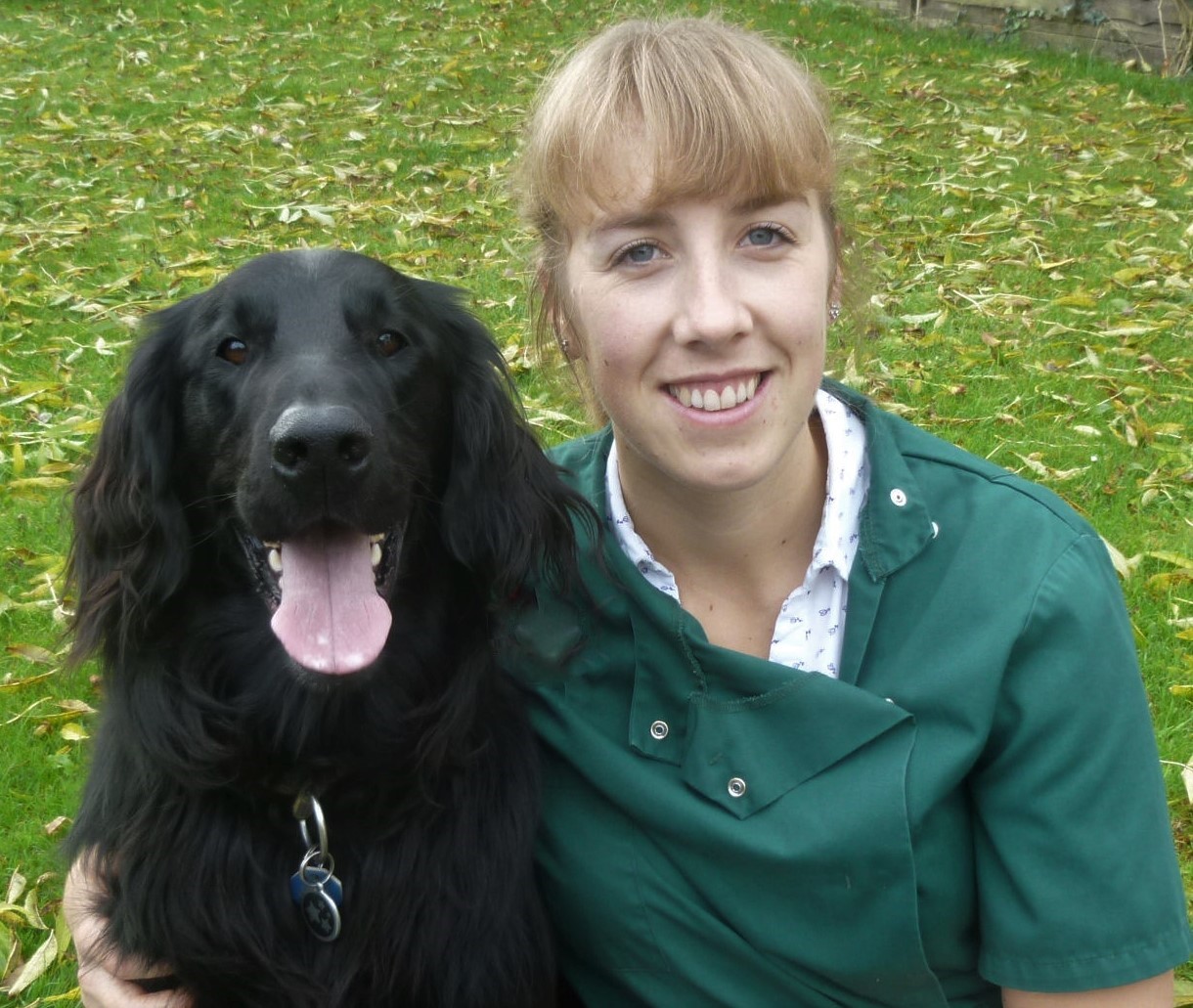
Rebecca is a veterinary surgeon who graduated in 2009 from the Royal Veterinary College in London. She has a wealth of experience in first opinion small animal practice, having done a mixture of day-to-day routine work, on-call emergency duties and managerial roles over the years. Rebecca enjoys medicine in particular and she is proud to have recently achieved a BSAVA postgraduate certificate in small animal medicine (with commendation).
She writes on various feline and canine topics, including behavior, nutrition, and health. Outside of work and writing she enjoys walking her own dog, spending time with her young family and baking!
Edited by Georgia Guerin and Alexis de Leaver
Martha is an experienced journalist working in both print and digital media. She specializes in the canine, equine and rural sphere where she has covered a wide range of topics from cloning animals and the ingredients for a perfect yard dog, to helping owners find the best canine GPS trackers on the market. When she’s not busy writing about dogs and horses, she’ll be found either aboard a horse or looking after the menagerie of pets in her care.
